
Greenhouse Gas Emissions
Understanding Greenhouse Gas Emissions
Greenhouse gas emissions are a hot topic these days, and for good reason! These gases play a crucial role in our planet's climate system. They trap heat in the atmosphere, leading to what we commonly refer to as global warming. But where do these emissions come from, and what can we do about them? Let’s break it down!
What Are Greenhouse Gases?
Greenhouse gases (GHGs) include carbon dioxide (CO2), methane (CH4), nitrous oxide (N2O), and fluorinated gases. Each of these gases has a different impact on the environment, with some being far more potent than others. For example, methane is significantly more effective at trapping heat than CO2, even though it is present in smaller quantities.
Major Sources of Emissions
So, what are the main culprits behind greenhouse gas emissions? Here’s a quick overview:
- Burning Fossil Fuels: This is the largest source of GHG emissions. When we burn coal, oil, and natural gas for electricity, heat, and transportation, we release a significant amount of CO2 into the atmosphere.
- Agriculture: Agricultural practices contribute to emissions through the release of methane from livestock and nitrous oxide from fertilized soils. These emissions can be substantial, especially in regions with intensive farming.
- Industrial Processes: Manufacturing and industrial activities also produce greenhouse gases, often through chemical reactions and energy use.
- Waste Management: When organic waste decomposes in landfills, it produces methane. Improving waste management practices can help reduce these emissions.
The Impact of Greenhouse Gas Emissions
The effects of increased greenhouse gas emissions are far-reaching. Climate change leads to more extreme weather events, rising sea levels, and disruptions in ecosystems. These changes can have significant impacts on agriculture, water supply, and even human health. 🌍
What Can Be Done?
Addressing greenhouse gas emissions requires collective action. Here are some practical steps that can be taken:
- Switch to Renewable Energy: Using solar, wind, or hydroelectric power can significantly reduce reliance on fossil fuels.
- Enhance Energy Efficiency: Improving energy efficiency in homes and businesses can cut down on emissions. Simple actions like using energy-efficient appliances can make a difference.
- Promote Sustainable Agriculture: Implementing practices that reduce methane emissions from livestock and improve soil health can help mitigate agricultural impacts.
- Reduce, Reuse, Recycle: Minimizing waste can lead to lower emissions from landfills and reduce the need for new materials.
Conclusion
Greenhouse gas emissions are a critical issue that affects everyone on the planet. By understanding their sources and impacts, we can make informed choices to help mitigate climate change. Every small action counts, and together, we can work towards a more sustainable future! 🌱





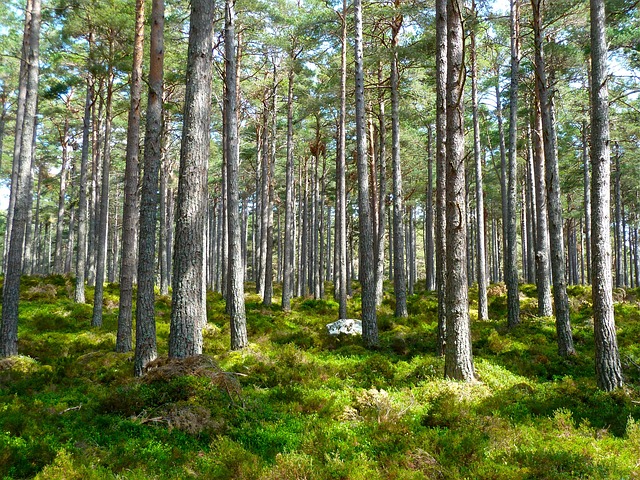
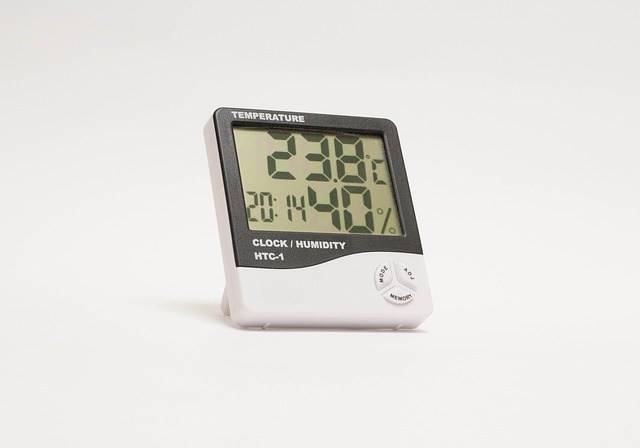
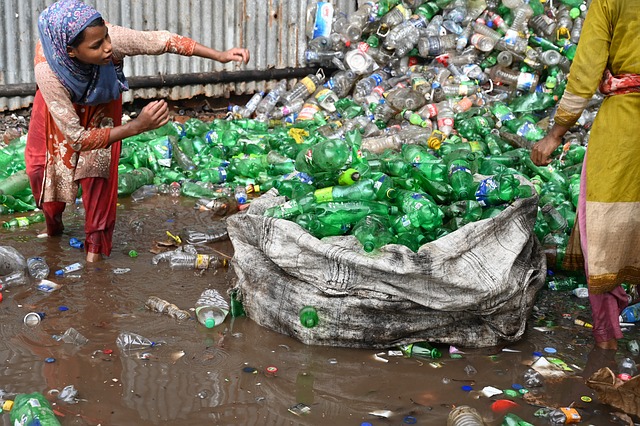



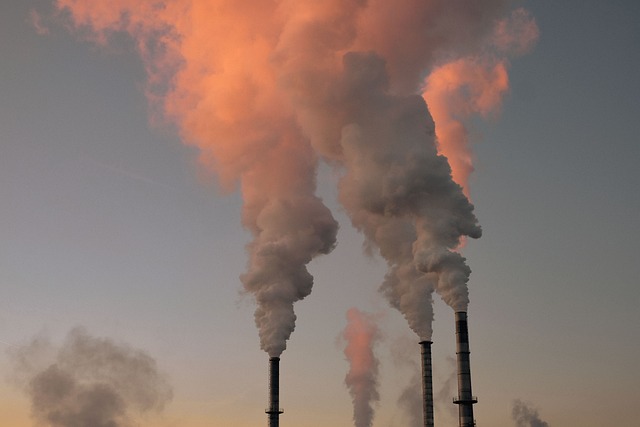



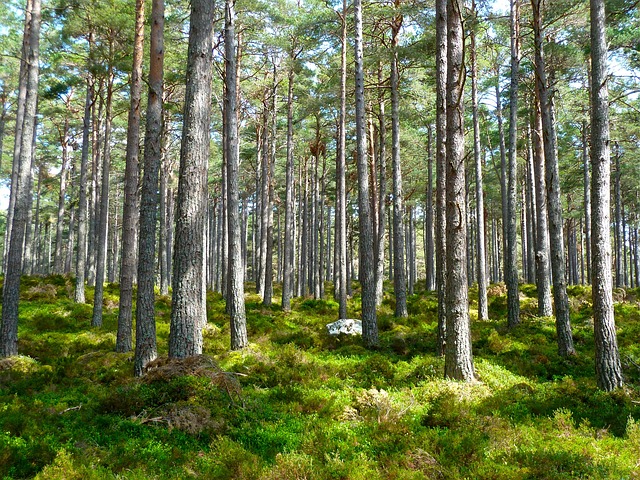
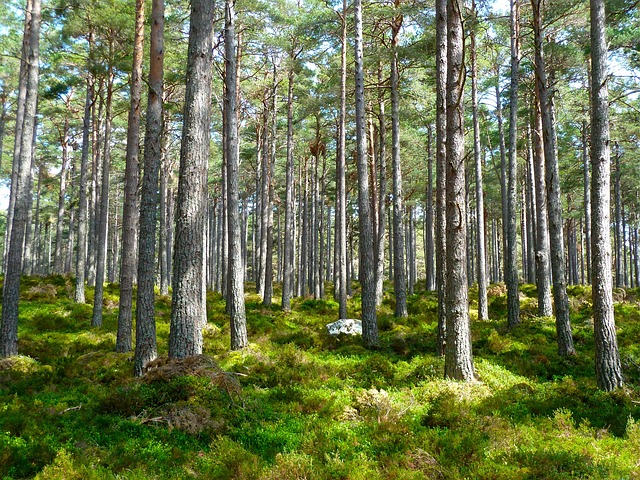
 আবহাওয়ার পূর্বাভাস: একটি গুরুত্বপূর্ণ দিক
আবহাওয়ার পূর্বাভাস: একটি গুরুত্বপূর্ণ দিক 
 Health
Health  Fitness
Fitness  Lifestyle
Lifestyle  Tech
Tech  Travel
Travel  Food
Food  Education
Education  Parenting
Parenting  Career & Work
Career & Work  Hobbies
Hobbies  Wellness
Wellness  Beauty
Beauty  Cars
Cars  Art
Art  Science
Science  Culture
Culture  Books
Books  Music
Music  Movies
Movies  Gaming
Gaming  Sports
Sports  Nature
Nature  Home & Garden
Home & Garden  Business & Finance
Business & Finance  Relationships
Relationships  Pets
Pets  Shopping
Shopping  Mindset & Inspiration
Mindset & Inspiration  Environment
Environment  Gadgets
Gadgets  Politics
Politics 